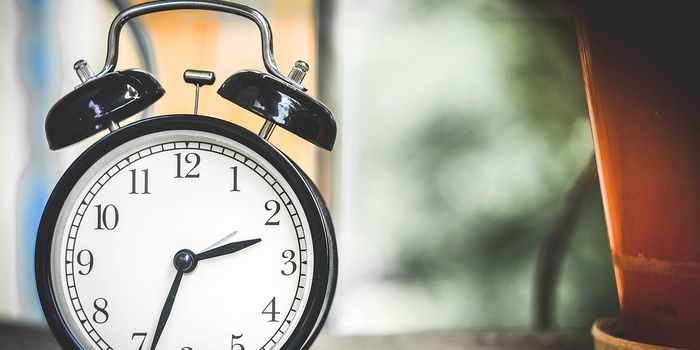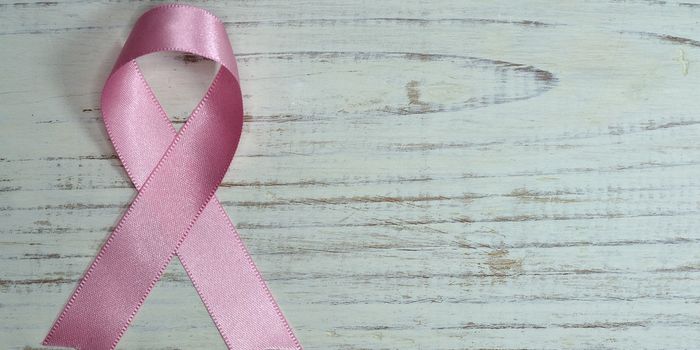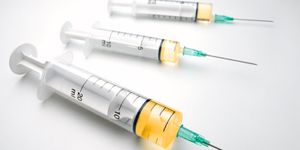An automated droplet-based surface sampling probe can help a surgeon to determine whether a patient's tissue is cancerous - while that patient is still on the operating table. Researchers from the Department of Energy's Oak Ridge National Laboratory and Brigham and Women's Hospital/Harvard Medical School say the tool cuts analysis time from 20 or 30 minutes to 10 minutes and expect to cut that number in half.

According to an article in Analytical and Bioanalytical Chemistry that was reported in Science Daily, the mass spectrometry-based technology can be used in place of immunohistochemistry, or IHC, that searches looks for specific protein biomarkers to make a diagnosis. In the words of the article, "Although the IHC approach provides a high degree of spatial recognition, it is time consuming and limited by the quality and specificity of the antibody used to detect the protein"
(DOE/Oak Ridge National Laboratory. "New tool on horizon for surgeons treating cancer patients." ScienceDaily. ScienceDaily, 18 June 2015) (www.sciencedaily.com/releases/2015/06/150618145912.htm).
The team, led by ORNL's Vilmos Kertesz, profiled two hormones from human pituitary tissue. As Kertesz explained, "Instead of having to cut and mount tissue and wait for a trained pathologist to review the sample under a microscope, a technician might soon perform an equally conclusive test in the operating environment." The researchers based their work on patents from previously funded DOE projects and said that it advances the liquid microjunction surface sampling probe technology first patented by ORNL.
Other mass spectrometry-based techniques, including desorption electrospray ionization and rapid evaporative ionization mass spectrometry are being evaluated for classifying tumors and providing prognostic information, but they usually analyze lower molecular weight biomolecules such as metabolites, fatty acids and lipids. The droplet-based method developed at ORNL is not limited in this way. Thus, it can enhance surgical decision-making, Kertesz stated.
Kertesz and his colleagues have also used the fully automated droplet-based surface-sampling system for determining the distribution of drugs and their metabolites in rat thin tissue sections. Such analysis is based on the use of an autosampler coupled to HPLC/MS and capable of liquid-extraction based surface sampling. This system enables the analyst to work with complex sample matrices and to identify isomeric compounds not distinguishable by direct surface sampling methods alone (www.future-science.com/doi/abs/10.4155/bio.14.130).
"On the basis of the results and the relative simplicity, rapidity and specificity of our method, there is great potential for our technology to assist surgeons in the detection of cancer from tissue biopsy samples," said Kertesz, a member of ORNL's Organic and Biological Mass Spectrometry Group and lead author of the paper (http://oakridgetoday.com/2015/06/18/ornl-new-tool-on-horizon-for-surgeons-treating-cancer-patients/#more-57779).









